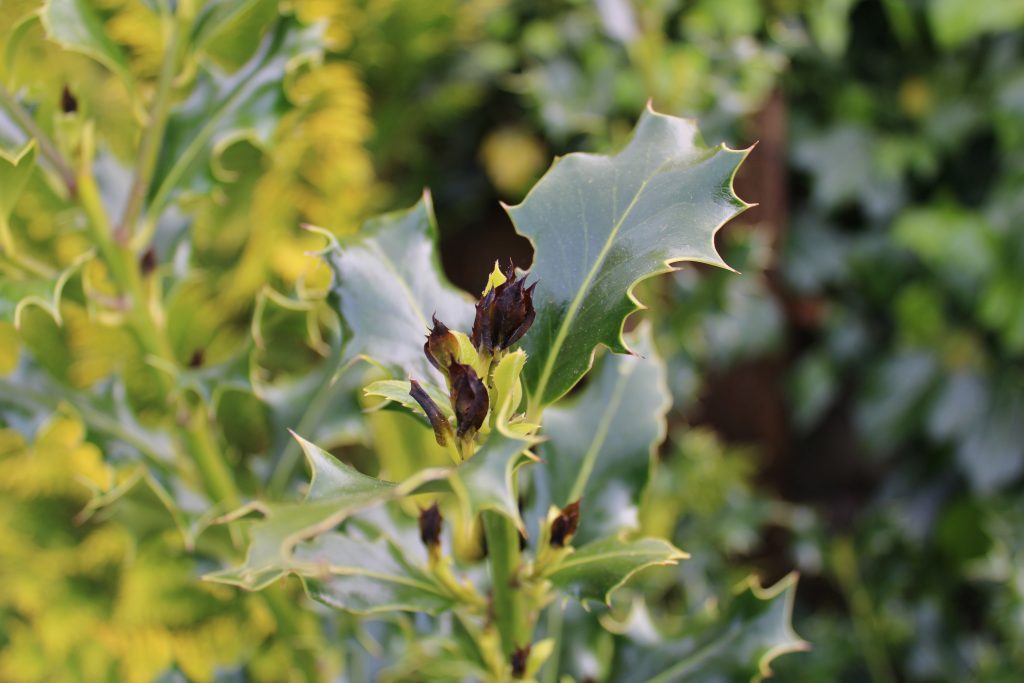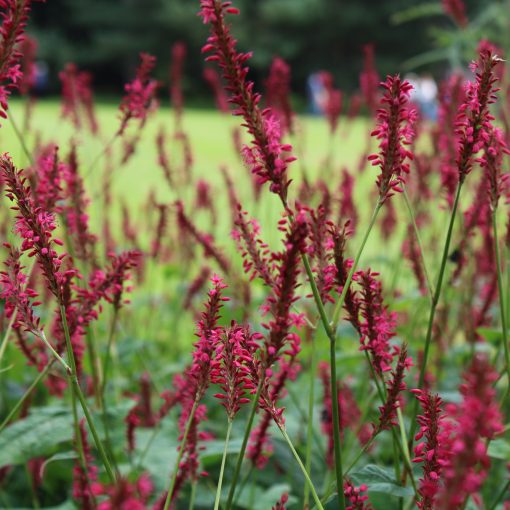Frost damage is relevant to both the old and new syllabus. (R2103) and Unit 1 Topic 2 Element 1
Fasciation is relevant to the old syllabus as it is listed as a learning outcome. (R2103)
Introduction
Plant disorder = plant health problem caused, not by a pathogen, but by some problem in the environment. Caused by a non living factor.
Although disorders are caused by non living factors they can be exacerbated by the gardener who grows plants in the greenhouse and does not pay attention to watering, shading, monitoring and controlling temperature, and watering regime. There are many ways the gardener can prevent disorders but the actual symptoms are mostly caused by poor environmental conditions.
Examples of disorders which are outlined in the RHS syllabus:
- Frost
- Shade
- Drought
- Water logging
- High / Low temperatures
- Soil pH including the symptoms of Lime induced chlorosis
- Fasciation
- Rose Balling
In this blog I am focusing on frost and fasciation disorders.
FROST

https://www.rhs.org.uk/advice/profile?pid=470
Profile of strawberry black eye



FASCIATION

https://www.rhs.org.uk/Plants/131417/Dryopteris-affinis-Cristata/Details
profile of crested fern





Here is the link to Veronicastrum virginicum ‘Fascination’ (Note the extra n, it is Veronicastrum virginicum Fascination not fasciation)
https://www.rhs.org.uk/Plants/109381/i-Veronicastrum-virginicum-i-Fascination/Details
Further Reading
If you want to read more about the fascinating world of fasciation I found this great link:
https://tentativeplantscientist.wordpress.com/2014/08/11/fasciation/






